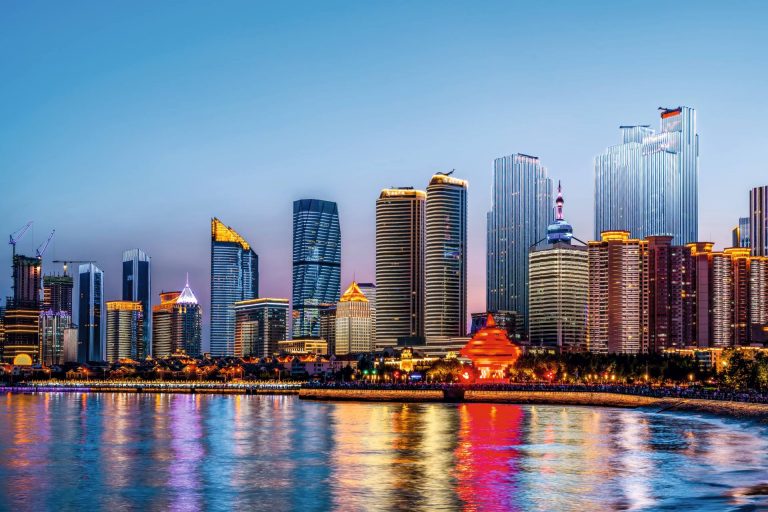Sea cruises to inaccessible regions are gaining popularity. And while weather conditions can be harsh, you get a unique opportunity to experience untouched wilderness.
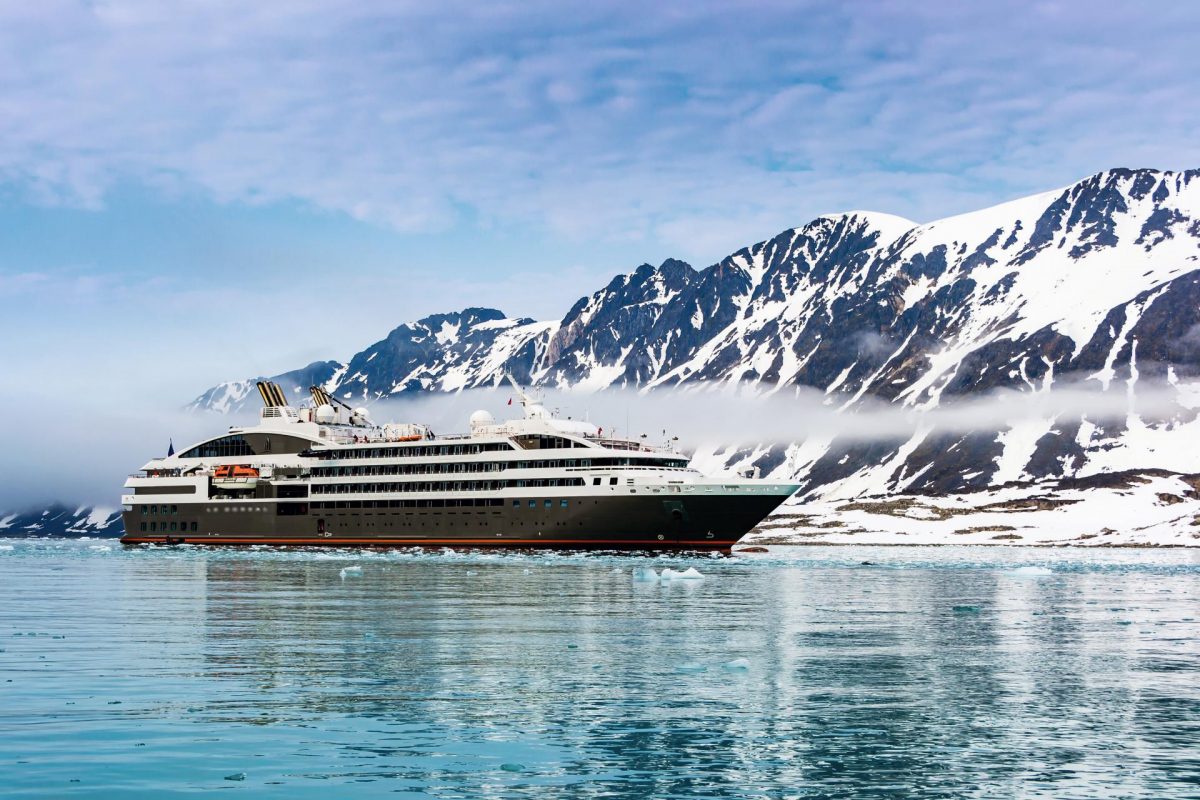
Svalbard
This is the most “traveled” of all northern routes, offering the advantages of relative proximity to the European part of the country and the chance to visit several ecosystems in one trip, from the permafrost of glaciers to blooming tundra and deep fjords. Moreover, the archipelago is accessible year-round, although the navigation season lasts only from May to September, when the polar day prevails, and temperatures rise to +5°C. Most of the territory is designated as a nature reserve, making the local fauna remarkably diverse. Visitors can spot reindeer, Arctic foxes, walruses, seals, whales, entire colonies of Arctic birds, and, of course, polar bears — whose population here is around 4,000, compared to just 3,000 human residents.
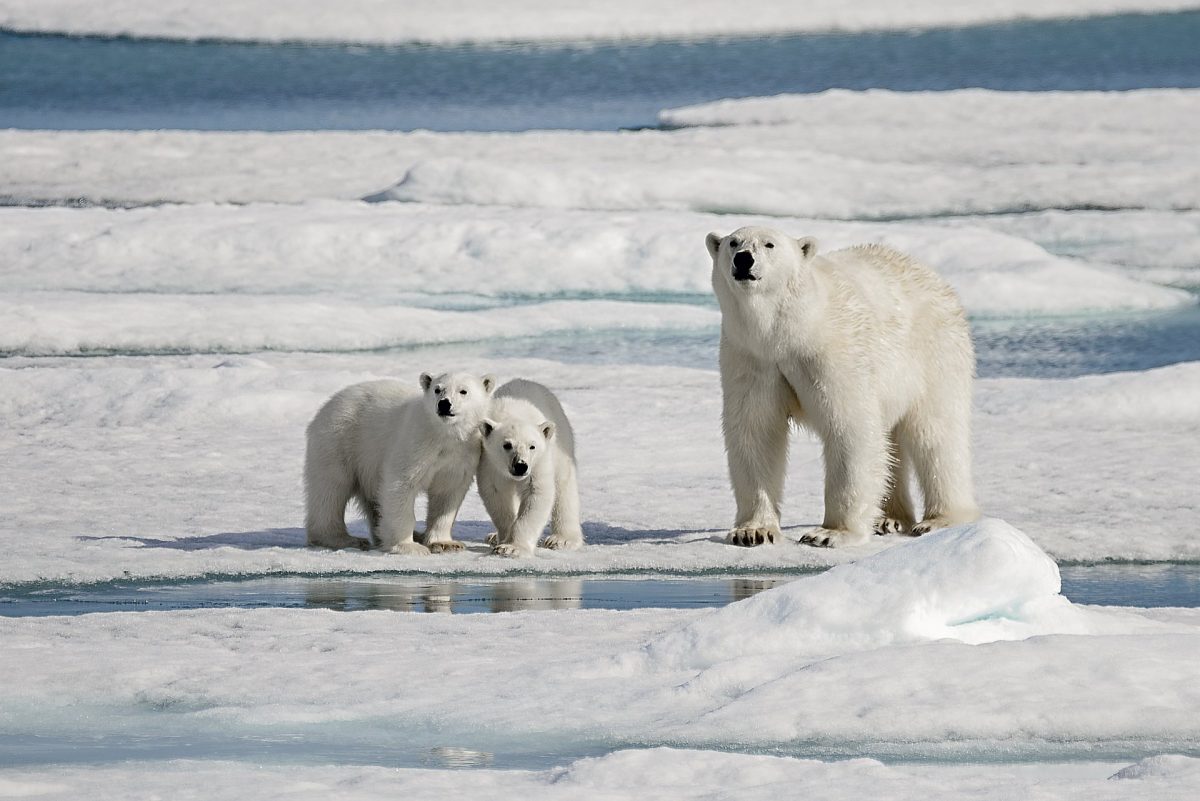
Tourist ships typically depart from Longyearbyen (don’t forget to send a postcard stamped at the world’s northernmost post office!) and circle the entire archipelago. They make stops near various islands, organizing expeditions to pristine bays, visits to research stations, snowshoe hikes, kayaking trips, and opportunities to simply observe nature. Some cruises reach 80° North latitude, where pack ice reigns, while others take a detour on the return journey to visit Greenland or Iceland.
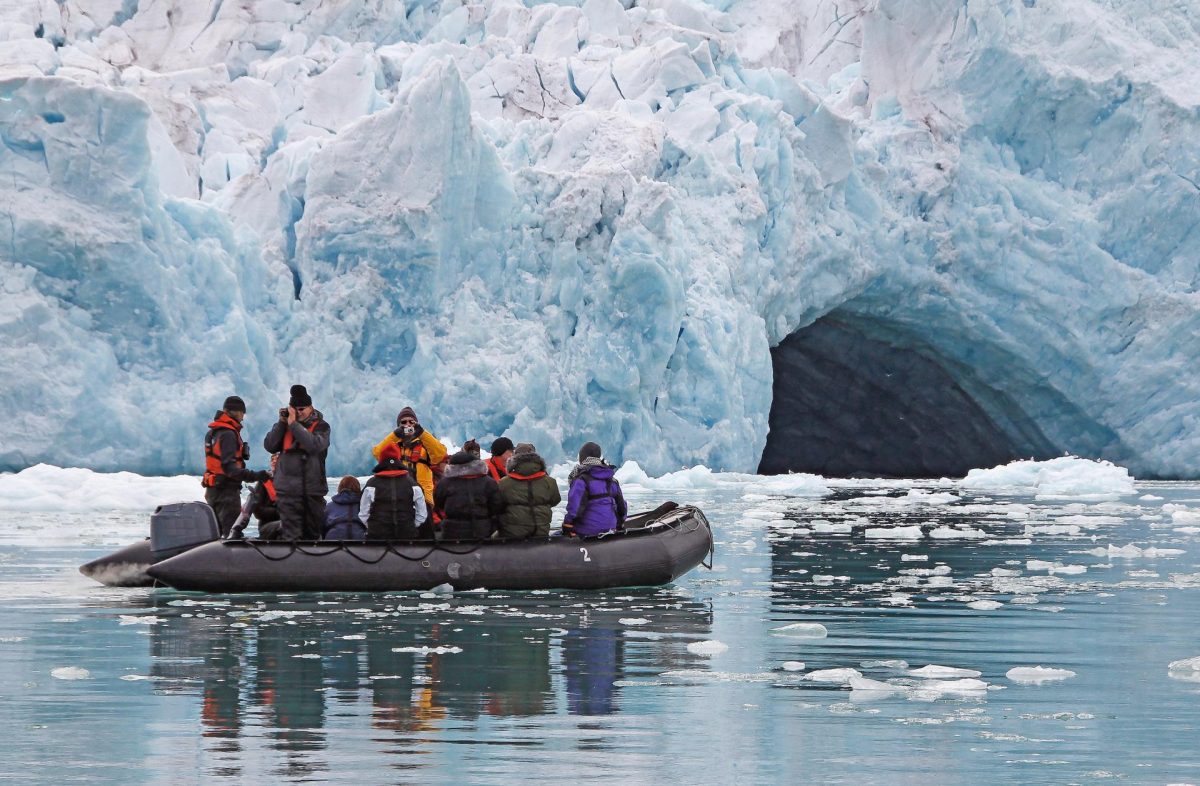
Chukotka
The voyage to the boundary between the Eastern and Western Hemispheres crosses the Pacific and the Arctic Oceans. Leaving Anadyr, the ship sails along the coast of the Chukchi Peninsula, offering the chance to admire bird colonies and walrus haul-outs. The ship then rounds Cape Dezhnev via the Bering Strait, where, on a clear day, Alaska can be seen on the horizon. It crosses the Arctic Circle and makes a stop at Russia’s easternmost settlement, Uelen, where visitors can learn about the lifestyle and traditions of the Chukchi and Eskimos, go dog sledding, and take a bone-carving lesson. Next, the journey heads even farther north to Wrangel Island, whose natural complex is listed as a UNESCO World Heritage site. Here, you can find the denning sites of polar bears, along with musk oxen and Arctic foxes. The island is home to nesting snowy owls and 50 other bird species, while its surrounding waters are inhabited by belugas and whales. Additionally, the 180th meridian runs across the island, serving as the international date line. You can stand with one foot in “today” and the other in “yesterday,” and your navigator will show that you’ve just completed a round-the-world journey in a matter of minutes!
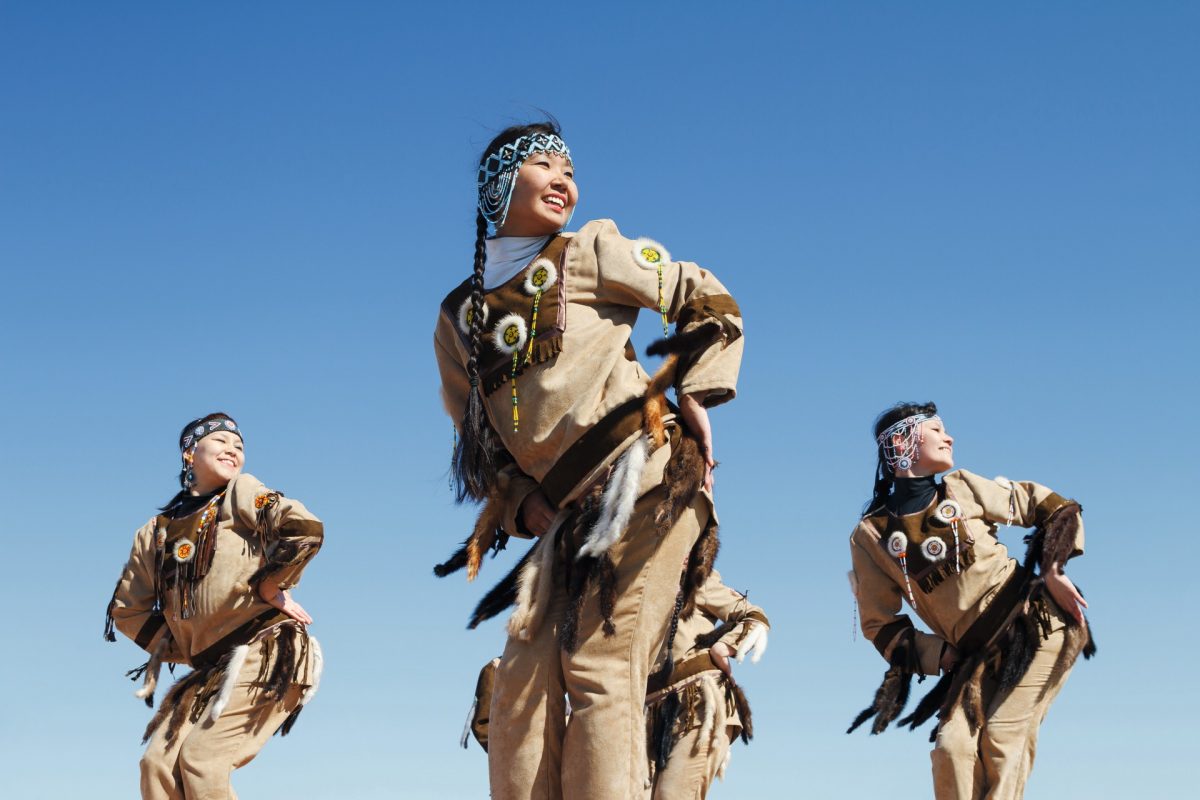
Kamchatka
Cruise routes from Petropavlovsk-Kamchatsky may include the Commander Islands (to the east), the islands of the Greater Kuril Ridge (to the south), and Sakhalin. In any case, these will be landscapes of extraordinary beauty and an up-close encounter with the nature of the Russian Far East. Every day, tourists embark on inflatable motorboats to new shores, where they can hike along protected trails, photograph seal and sea lion haul-outs up close, climb active volcanoes (Krenitsyn, Taketomi, Ebeko), and relax in the natural “baths” of thermal springs. Since the waters in the region are known for their clarity, diving here is unforgettable, even despite the low temperatures. Curious sea lions often swim right up to divers, showing no fear of humans. Fishing is excellent here as well: the sea is home to cod, flounder, halibut (which can weigh up to 200 kg!), and crabs, while freshwater bodies are abundant with salmon species. Local delicacies can be taken home as souvenirs.
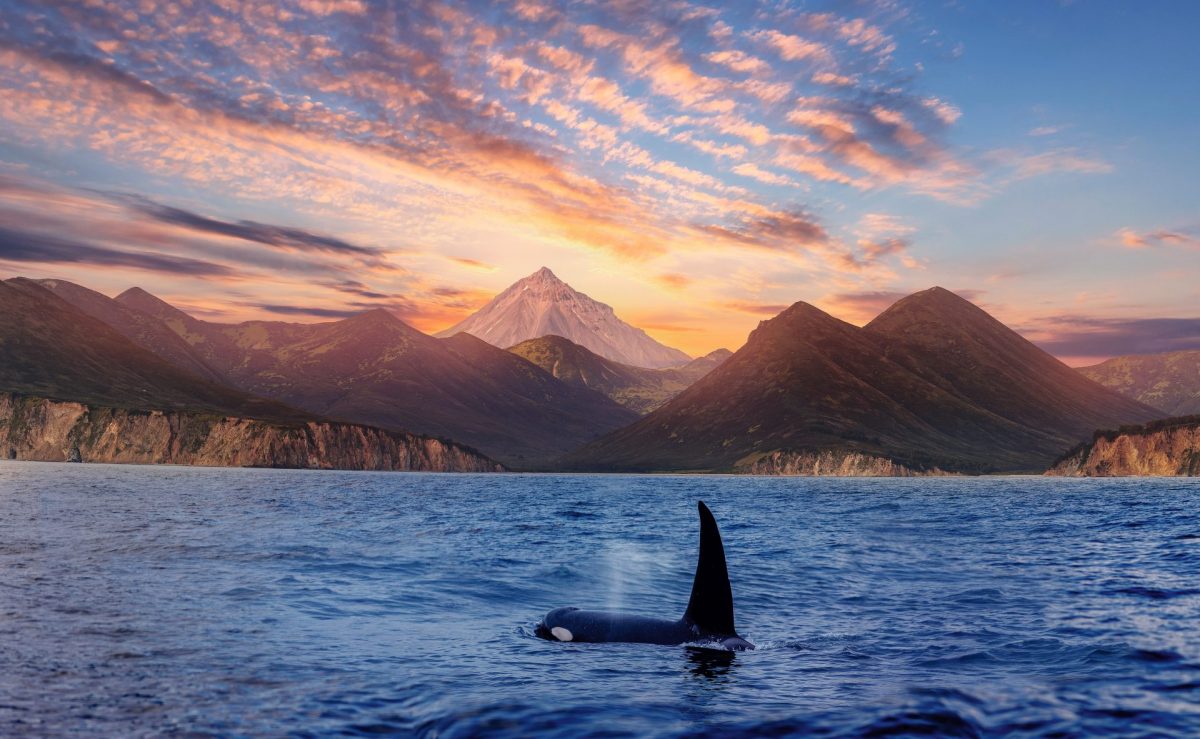
Photo: shutterstock.com
